

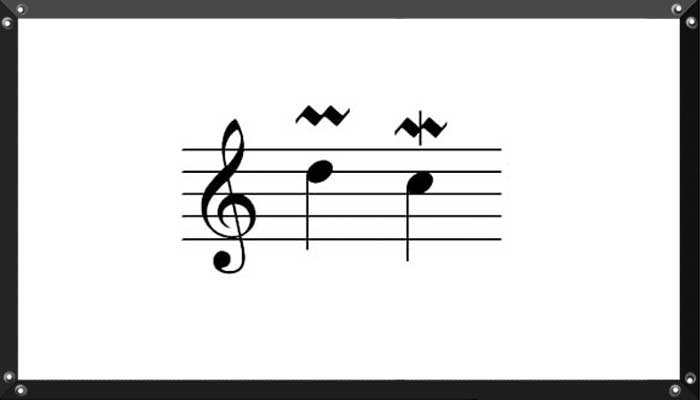
Upper - Rapidly play the principal note, the next higher note (according to key signature) then return to the principal note for the remaining duration. In most music, the mordent begins on the auxiliary note, and the alternation between the two notes may be extended. In handbells, this symbol is a "shake" and indicates the rapid shaking of the bells for the duration of the note. Lower - Rapidly play the principal note, the note below it, then return to the principal note for the remaining duration. In much music, the mordent begins on the auxiliary note, and the alternation between the two notes may be extended.
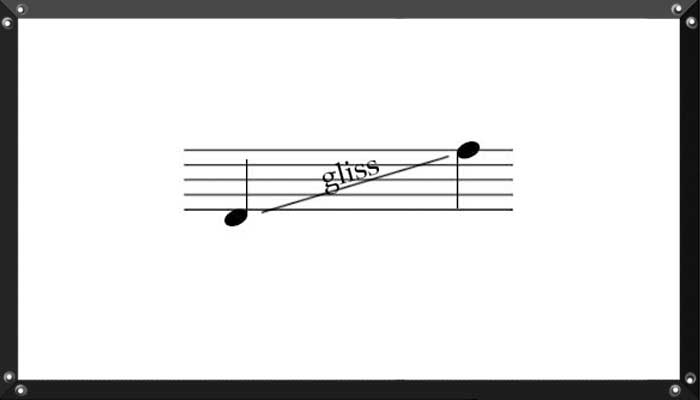
A continuous, unbroken glide from one note to the next that includes the pitches between. Some instruments, such as the trombone, timpani, non-fretted string instruments, electronic instruments, and the human voice can make this glide continuously (portamento), while other instruments such as the piano or mallet instruments blur the discrete pitches between the start and end notes to mimic a continuous slide (glissando).
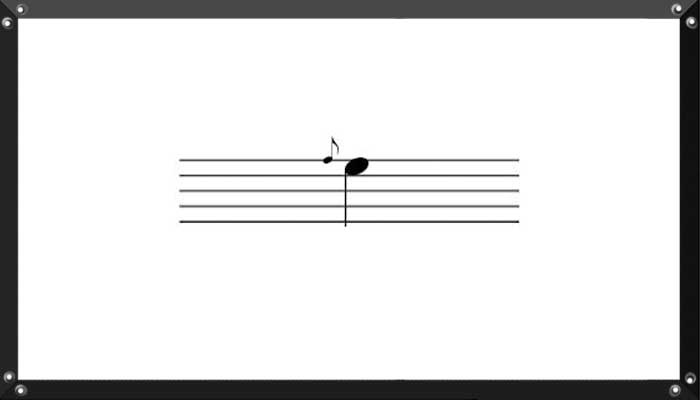
The first half of the principal note's duration has the pitch of the grace note (the first two-thirds if the principal note is a dotted note).
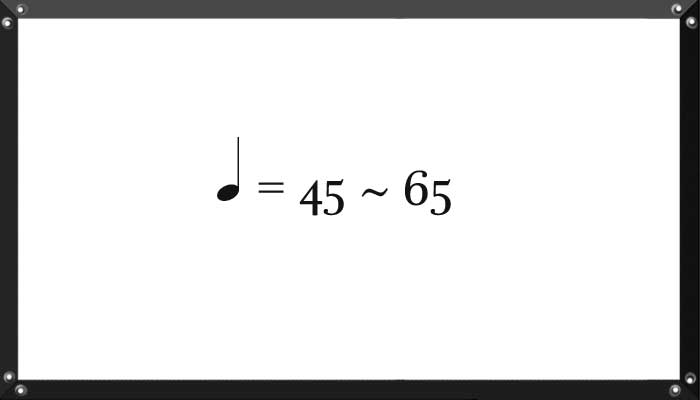
Slowly (45–60 bpm). This is the most popular term for slow music. Also this is a very popular tempo for ballads, and slow pop music.
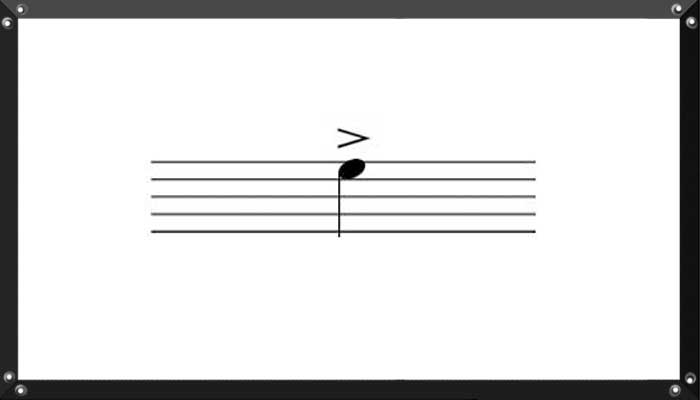
Play the note louder, or with a harder attack than surrounding unaccented notes. May appear on notes of any duration.

Try this test to see how much you know so far. You need to know 10 symbols in a row with no mistakes.